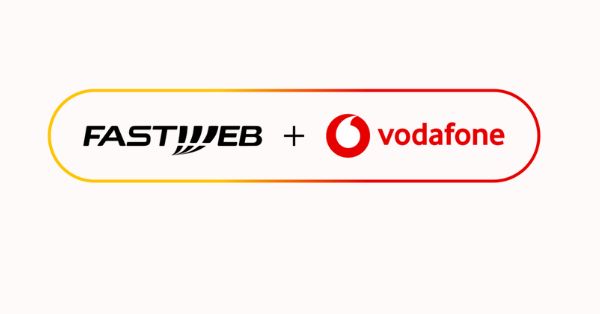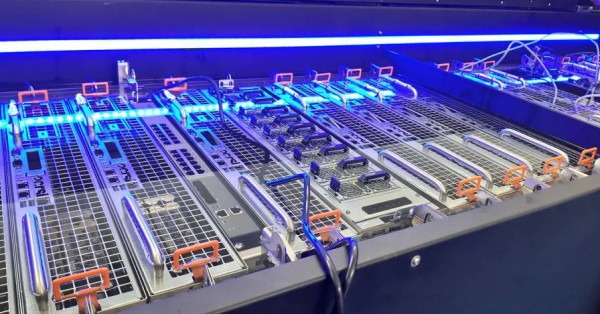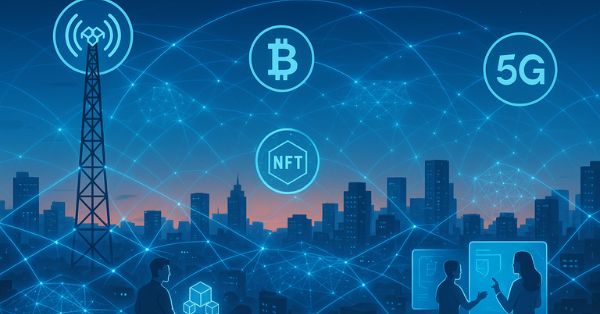At the Emirates Great Britain Sail Grand Prix in Portsmouth, Ericsson and BT combined private 5G and public 5G Standalone (SA) technologies to create a fully connected race environment. The deployment enabled ultra-reliable, low-latency communication between the SailGP Race Stadium, operations centers, and the high-speed F50 catamaran fleet, while delivering immersive fan experiences and supporting live broadcast production.
With Ericsson providing Private 5G and Cradlepoint edge routers, and BT delivering dedicated 5G network slices over EE’s public 5G SA network, the event showcased how public and private networks can seamlessly integrate to power next-generation live sports.
Connectivity Challenges in Delivering a Live, Data-Intensive Sailing Event
SailGP required a network capable of handling extreme performance demands:
-
Real-Time Telemetry: Each F50 catamaran generates over 53 billion data points per race day.
-
Low-Latency Video: Support for umpire adjudication and broadcast-quality video streaming.
-
Multi-Site Coverage: Connectivity spanning the Portsmouth Race Stadium, operations centers, and technical facilities 30 km away.
-
Fan Engagement: Delivering immersive AR/VR experiences simulating onboard perspectives.
-
Operational Reliability: Dedicated capacity for merchandising, point-of-sale systems, and event staff communications.
Legacy Wi-Fi and public networks could not meet the low-latency, high-capacity, and mobility requirements for a live, data-intensive sailing competition.
Ericsson & BT’s Hybrid 5G Architecture for SailGP UK
Ericsson deployed a dedicated Private 5G network covering both event and operational sites, while BT provided two tailored 5G Standalone network slices over EE’s public network. This hybrid approach ensured seamless connectivity between private and public domains.
Key Components:
-
Ericsson Private 5G: Secure, high-performance network connecting race venues, operations centers, and the F50 fleet.
-
Cradlepoint Edge Routers: Installed on each F50, managing telemetry, IoT, and live video streams.
-
BT 5G SA Network Slices: Prioritized connectivity for boat communications, broadcast feeds, merchandise transactions, and media uploads.
-
Edge Computing: Low-latency processing supporting instant analytics and immersive fan content.
-
AR/VR Fan Zone: Ericsson and BT tested high-frequency radios delivering gigabit capacity for 360-degree onboard experiences.
How Private and Public 5G Boosted SailGP Performance and Fan Engagement
Manish Tiwari, Head of Enterprise 5G at Ericsson, emphasized: “SailGP is pushing the limits of performance, and Ericsson is enabling that ambition — connecting the F50 catamarans with ultra-reliable, low latency 5G powering real-time decision making on the water.”
Kerry Small, COO of BT Business, added:“5G Standalone isn’t just about speed — it’s about unlocking tailor-made capabilities that transform customer experiences. With SailGP, we’ve shown how network slicing can streamline event operations and deliver consistent performance.”
The 5G Tech Stack: Ericsson Private 5G, BT SA Slicing & Edge Compute
The deployment used:
-
Ericsson Private 5G: Delivering secure, low-latency, and mobile connectivity for race and operational sites.
-
BT 5G SA Network Slicing: Isolated, customized slices for high-priority applications.
-
Cradlepoint Edge Hardware: Managing data transmission from high-speed vessels in real time.
-
Sony 5G Video Encoders: Supporting roaming HD cameras and low-latency live production.
-
AR/VR Integration: Leveraging ultra-low-latency 5G radios for immersive fan content.
Key Benefits of a Unified 5G Network for Live Sports
-
Real-Time Racing Insights: Instant telemetry and live video improved tactical decisions and fan engagement.
-
Seamless Broadcast Production: Low-latency video delivery enabled broadcast-quality feeds without wired infrastructure.
-
Operational Efficiency: Prioritized slices ensured uninterrupted payment systems, media uploads, and staff communications.
-
Immersive Fan Experience: 360-degree AR/VR experiences brought fans closer to the action.
-
Future-Ready Model: Demonstrated scalable architecture for smart sports events globally.
Why SailGP’s 5G Deployment Sets a Model for Smart Sporting Events
The SailGP deployment illustrates the value of combining private and public 5G networks with network slicing for live sports. It highlights a replicable framework for other high-performance environments such as motorsports, esports, and large-scale festivals.
It also underscores the role of 5G in delivering data-driven decision-making, immersive experiences, and operational reliability under extreme conditions.
Ericsson and BT: Powering Seamless Connectivity at SailGP UK
-
Ericsson: Provided the Private 5G network, Cradlepoint routers, and integration with edge compute and AR/VR systems.
-
BT: Delivered 5G SA slices over EE’s public network, ensuring prioritization for critical event functions.
Sony and SailGP Operations: Enabling Real-Time Data and Broadcasts
-
Sony: Provided low-latency video encoders for HD roaming cameras.
-
SailGP Operations Team: Integrated data and video streams into real-time race management systems.
SailGP UK 5G Deployment Timeline and Future Expansion
-
July 2025: Deployment live for Emirates Great Britain Sail Grand Prix, covering race days July 19–20.
-
Post-Event: Ericsson and BT plan to scale similar architectures for future SailGP events and other live sports deployments.
Expert Insights on Private + Public 5G Integration for Live Events
“This event highlights collaboration unified by 5G in the moments that matter.” – Mark Seguna, BT Key Account Manager, Ericsson.
“The ability to blend private and public 5G with network slicing is a game-changer for live sports operations.” – Kerry Small, COO, BT Business.































